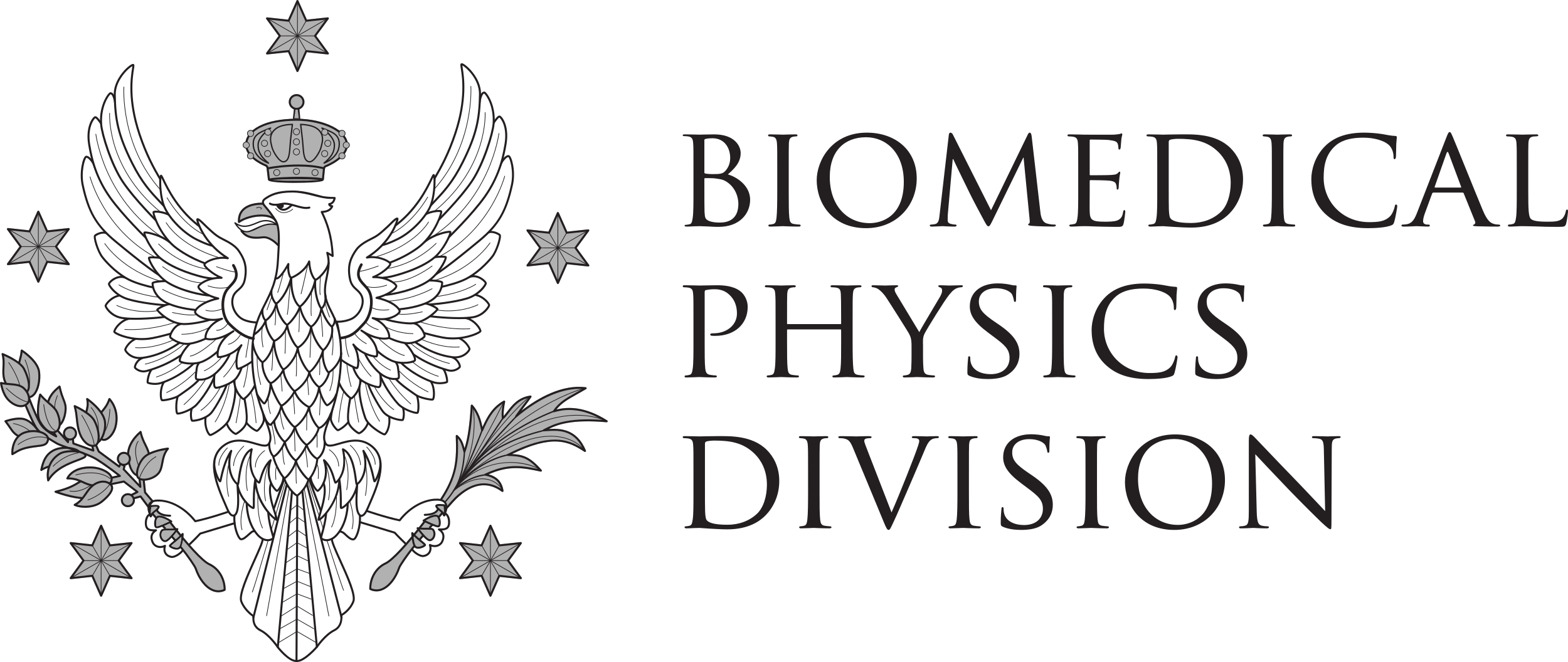Dwie pozycje w Pracowni Neuroinformatyki, IBD PAN
2020-11-26Radiogenomika – nowy kierunek na Uniwersytecie Warszawskim
2021-06-08Cortical reinstatement in health and Alzheimer’s’ disease: a direct approach to testing the hippocampal memory indexing theory
Supervisor: Adam Hamed / Rafał Czajkowski
Laboratory: Laboratory of Spatial Memory
WWW: https://www.nencki.edu.pl/laboratories/laboratory-of-spatial-memory/ Background:
Conscious recollection of autobiographical events – episodic memory – is a crucial ability that determines our sense of identity. When episodic memory is impaired, as in Alzheimer’s disease, it has a devastating effect on patients’ and relatives’ well-being and functioning. To alleviate Alzheimer’s disease memory-related symptoms, we must first understand how episodic memory is formed, maintained, and recalled. At present, it is known that efficient episodic memory crucially depends on the proper function of the hippocampus. According to a prevailing theory, the hippocampus does not keep the entire content of episodic memory. Instead it serves as an indexing region, binding together representations of senses stored in corresponding areas of cortex (visual, auditory etc.). This allows creation and then recollection of a multimodal complex memory of “being there”. It also allows to reconstruct the entire event based on one sense (the scent of apple pie leads to memory of Grandma’s house). The relationship between cellular allocation of “index” and the memory content of connected regions is still poorly described. The most intriguing question is whether two relatively stable groups of neurons emerge in cortex and hippocampus during encoding of the memory, and whether the same ensembles get reactivated during the memory retrieval.
Aim:
We will test the above idea by creating a fully controlled artificial memory, labeled by the viral manipulations and then activated by laser light instead of senses. If the theory is correct, cortical ensemble used for establishing the hippocampal index will be visible next day after hippocampal activation. We will monitor this activity using intravital microscopy and optical markers of neuronal activity. It would mean that our memories are “engraved” in the brain and therefore relatively vulnerable to disruption or manipulation. This will be further studied in the mouse model of Alzheimer’s disease. Another intriguing possibility is that the cortical engram is dynamic, and the population of neurons that encode our memories changes as the memory matures. It would prompt us to search for another, more complex and less intuitive mechanism of cortical memory storage.
Requirements:
Position 1:
- MSc in biology or physics or other relevant area.
- Basic knowledge of microscopy.
- Knowledge of Matlab and Python
- English level B2.Position 2:
- MSc in biology or physics or other relevant area.
- Basic knowledge of microscopy.
- Knowledge of Matlab and Python
- English level B2.Position 2:
